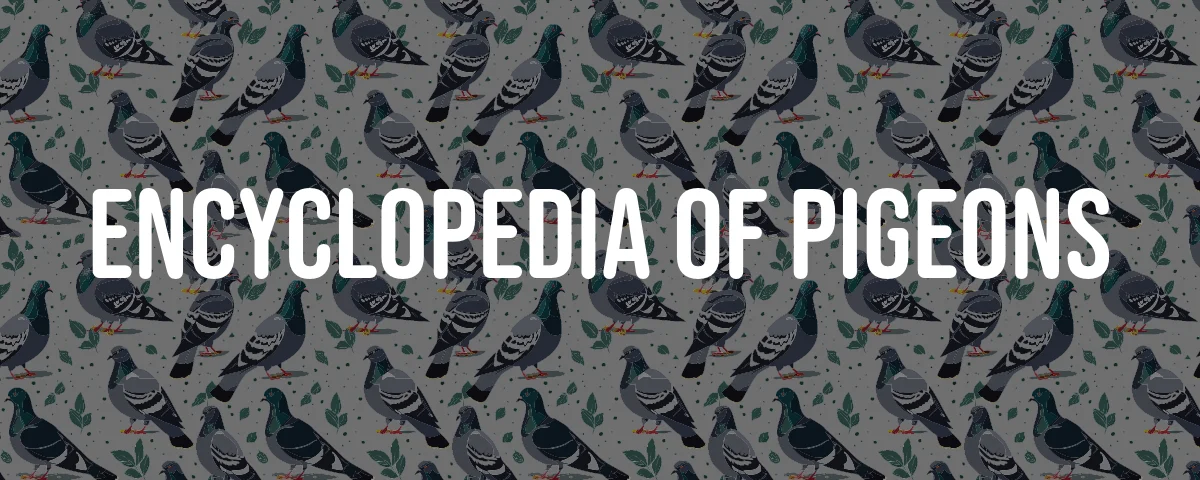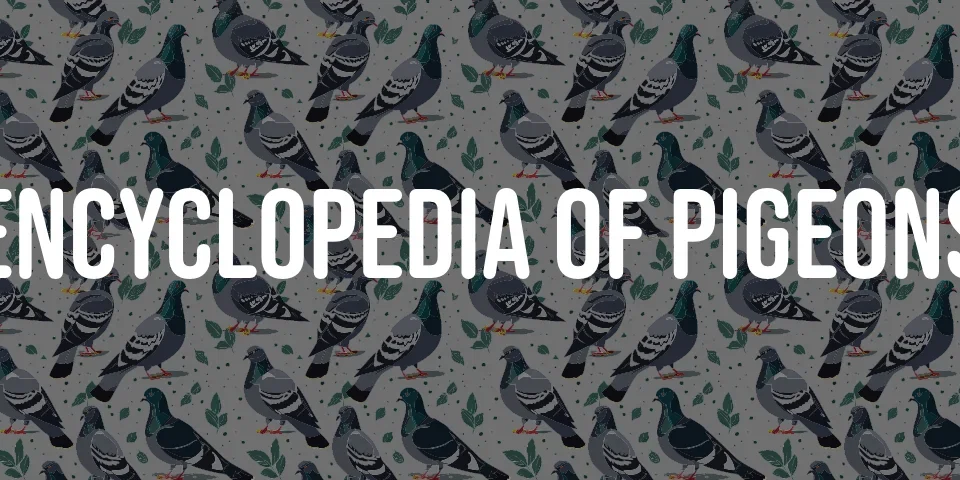The Bergen Tumbler pigeon is a fascinating and ornamental breed that has captivated pigeon enthusiasts and breeders for centuries. Originating from Bergen, Norway, this breed is renowned for its unique tumbling abilities in flight and its decorative appearance. This encyclopedic entry delves into the history, characteristics, care, and interesting facts about the Bergen Tumbler pigeon, providing a comprehensive overview of this distinctive breed.
The Bergen Tumbler pigeon, known for its acrobatic flight and ornamental value, is a breed that has a rich history and a strong presence in the world of pigeon fancying. This breed is not just admired for its physical beauty but also for its unique flying capabilities, making it a subject of interest among pigeon breeders and enthusiasts alike.
History and Origin
The Bergen Tumbler pigeon has its roots in Bergen, Norway, where it is believed to have been cultivated since the 17th century. Initially bred for racing due to its exceptional flying and tumbling abilities, the breed’s focus shifted towards ornamental purposes after World War II. The breed is known by several names, including Culbutant de Bergen, Bergen Tümmler, and Capitombolante in Bergen, reflecting its widespread recognition across different regions.
Physical Characteristics
| Feature | Description |
|---|---|
| Size | Medium |
| Body Shape | Compact and well-proportioned |
| Head | Rounded with a pronounced forehead |
| Beak | Short to medium length, varying in color |
| Eyes | Bright and expressive, with color varying by breed |
| Neck | Thick but not overly short |
| Plumage | Comes in a variety of colors and patterns |
| Legs | Short, with or without feathering on the feet |
The Bergen Tumbler is distinguished by its round head, which gives it a charming appearance. Its ability to perform backward somersaults or rolls during flight is a defining characteristic, attributed to selective breeding over generations.
Care and Maintenance
Caring for Bergen Tumbler pigeons involves providing them with a spacious loft that allows for adequate flight and exercise. A balanced diet consisting of grains, seeds, and pellets, supplemented with vitamins and minerals, is essential for maintaining their health and flying capabilities. Regular access to clean water is also crucial. Breeders should pay attention to the birds’ health, looking out for signs of illness or distress.
Breeding
Bergen Tumblers are bred not only for their physical beauty but also for their flying abilities. Selective breeding practices focus on enhancing the tumbling behavior while maintaining the breed’s ornamental features. Breeding requires careful selection of pairs to ensure the continuation of desired traits.
Interesting Facts
- Tumbling Ability: The tumbling behavior of Bergen Tumblers is not just for show; it is believed to have been a survival tactic developed to evade predators.
- Ornamental Value: Beyond their flying skills, these pigeons are highly valued for their aesthetic appeal, making them popular in pigeon shows and exhibitions.
- Adaptability: Despite their ornamental status, Bergen Tumblers are hardy birds that adapt well to different climates and environments.






